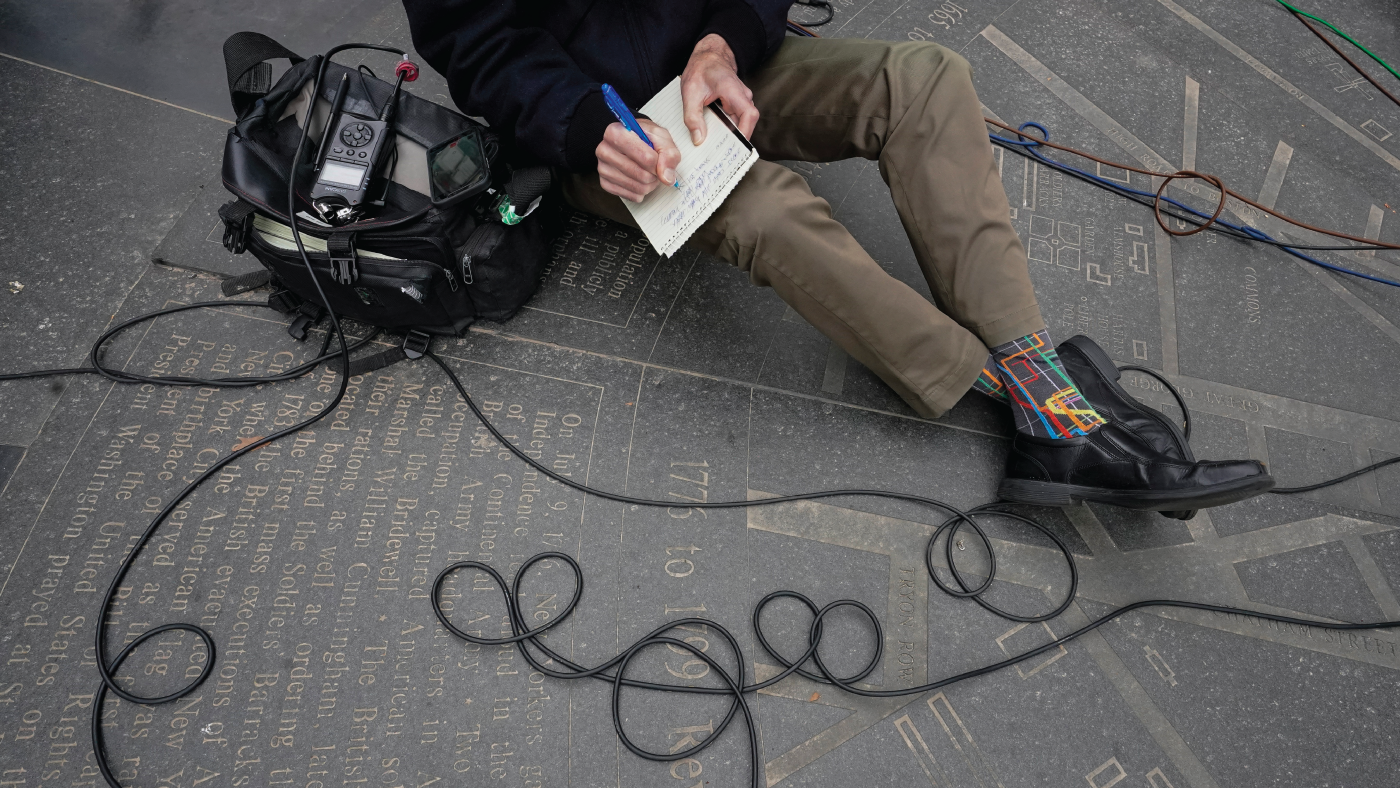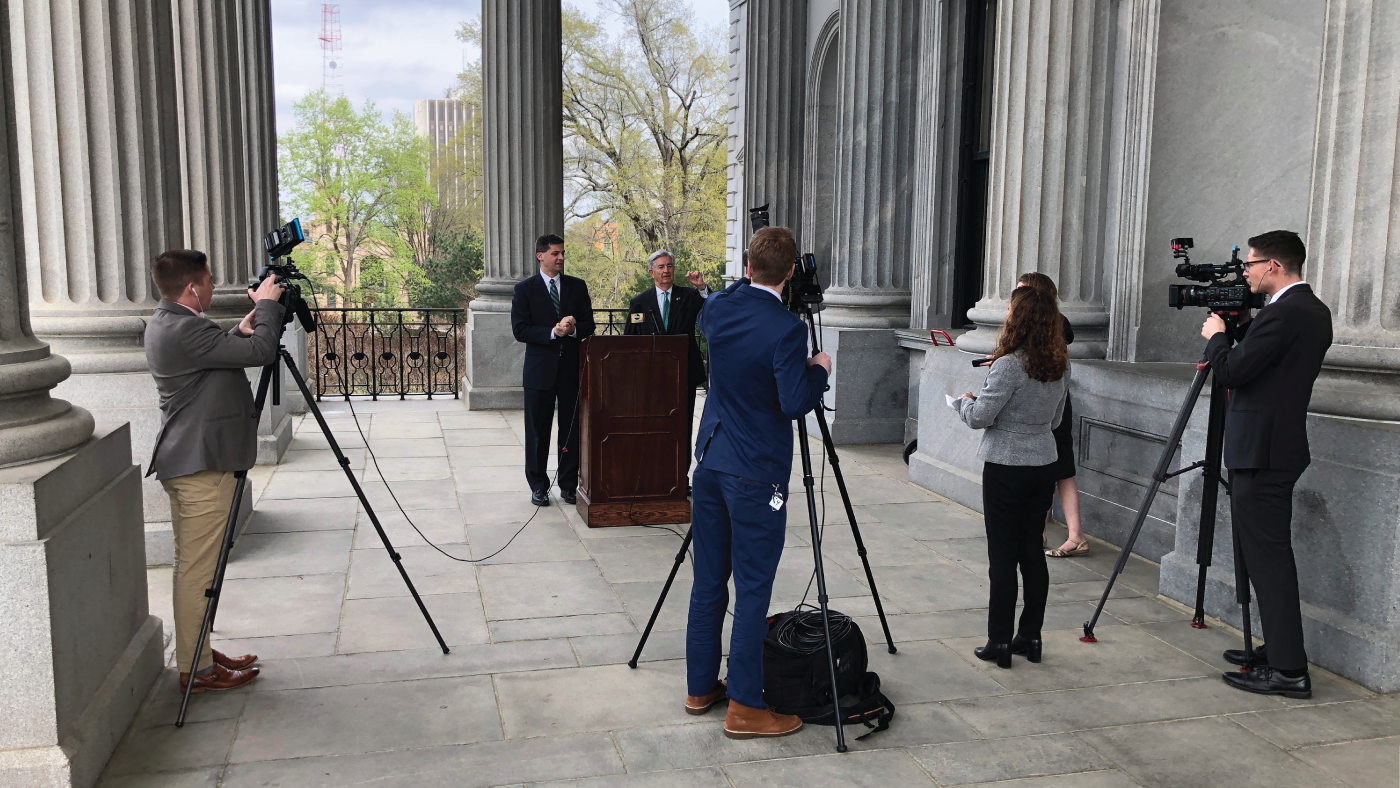Most Americans say COVID-19 has changed news reporting, but many are unsure how it’s affected the industry
The public’s sense about the pandemic's impact on the financial well-being of most news organizations is far from clear.
The public’s sense about the pandemic's impact on the financial well-being of most news organizations is far from clear.
To mark World Press Freedom Day, here are five charts that show how people globally see the freedom of the press.
61% give equal attention to national and local coronavirus news.
Mergers, closures and layoffs have affected many media organizations. Here are 10 charts on the state of newsroom employment in the U.S. today.
More than two-thirds of adults ages 65 or older said they were following news of the pandemic very closely.
A new analysis of open-ended responses to a survey of U.S. adults looks at the specific storylines or claims about COVID-19 that Americans said they were exposed to.
Many U.S. news organizations are covering the coronavirus pandemic while themselves facing financial pressure from the outbreak.
While U.S. Democrats turn to a variety of outlets for political news, no source comes close to matching the appeal of Fox News for Republicans.
While 43% of Americans say the new coronavirus most likely came about naturally, nearly three-in-ten say it most likely was created in a lab.
Newsroom employment dropped by a quarter between 2008 and 2018, but the job cuts were not shouldered equally by journalists of all ages.
A survey of U.S.-based journalists finds 77% would choose their career all over again, though 57% are highly concerned about future restrictions on press freedom.
Digital news has become an important part of Americans’ news media diets, with social media playing a crucial role in news consumption.
In recent years, several new options have emerged in the social media universe, many of which explicitly present themselves as alternatives to more established social media platforms.
The total number of journalists assigned to state capitol buildings is up 11% since 2014, though figures vary widely by state.












